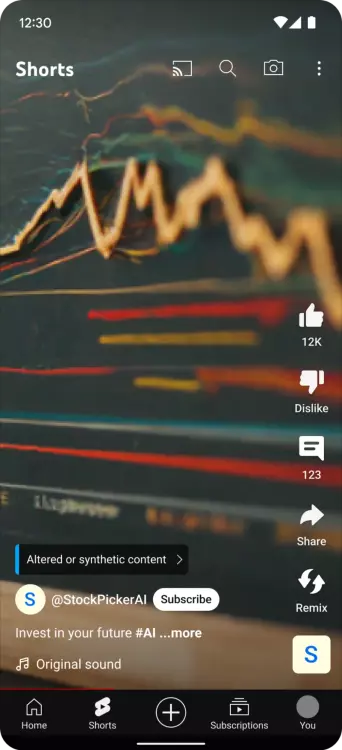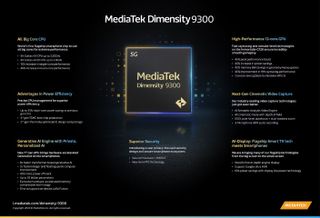YouTube now requires some AI-generated videos to be labeled, but animated content gets an exemption
Some AI-generated videos will now require a label on YouTube Politics was first announcement by the company last November, but according to a new YouTube update Released on Monday, the new policy and required compliance tools are being rolled out and will continue to be rolled out over the coming weeks. “We’re introducing a new […]

Some AI-generated videos will now require a label on YouTube
Politics was first announcement by the company last November, but according to a new YouTube update Released on Monday, the new policy and required compliance tools are being rolled out and will continue to be rolled out over the coming weeks.
“We’re introducing a new tool in Creator Studio, requiring creators to disclose to viewers when realistic content (content that a viewer could easily mistake for a real person, place, or event) is created with altered media or synthetic technologies, including generative AI.” says YouTube.
If you buy Kara Swisher’s book on Amazon, make sure it’s not an AI-generated knockoff.
YouTube requires creators to mark certain AI video content so that the platform can label it as “modified or synthetic content.” However, not all AI video content will need to be labeled.
An example of what the AI label looks like on the YouTube mobile app video player.
Credit: YouTube
According to YouTube, this policy only covers digital modifications or AI renderings of a realistic person, footage of real events or locations, or the complete generation of a realistic scene.
YouTube also explains what type of AI-generated content is exempt. For the most part, these exemptions are minor changes that were possible long before the generative AI boom of recent years. These include videos using beauty filters, special effects like vintage blur or overlay, or color correction.
Potential pitfalls of YouTube’s AI labeling policy
There is one interesting and glaring exception to YouTube’s new AI labeling policy: AI-animated content.
According to YouTube, animated content is “clearly unrealistic” and therefore does not need to be labeled. The policy aims to combat misinformation or potential legal issues that could arise from generated versions of real people. This is not a quality check, warning users when low-effort AI-generated junk starts playing on their screen.
However, as Wired points out, YouTube is arguably dropping the ball here because the policy leaves out the bulk of children’s content, animated videos.
Disturbing videos of children on YouTube have made headlines over the years and the company has moves to solve the problem. Often these seem to be delivered as quickly as possible, without any educational intent or even any measures to ensure age appropriateness.
Content aimed at children on YouTube will be affected by this policy if creators spread misinformation, as this would fall under the “realistic” part of these new rules. However, mass-generated AI-animated garbage, typically aimed at younger demographics, will not. And it seems YouTube is missing an opportunity to label this type of content so parents can easily filter it.
Overall, YouTube’s new AI policy is a step in the right direction. Generative AI that could be misinterpreted as real will be labeled, and uses of AI by filmmakers and creators to enhance high-quality content will not be affected.
Still, it doesn’t appear that YouTube is yet facing the potential for low-quality, AI-generated content to fill the site and fundamentally change the platform. However, he may be forced to confront this reality when and if it arises.
The subjects
YouTube artificial intelligence














